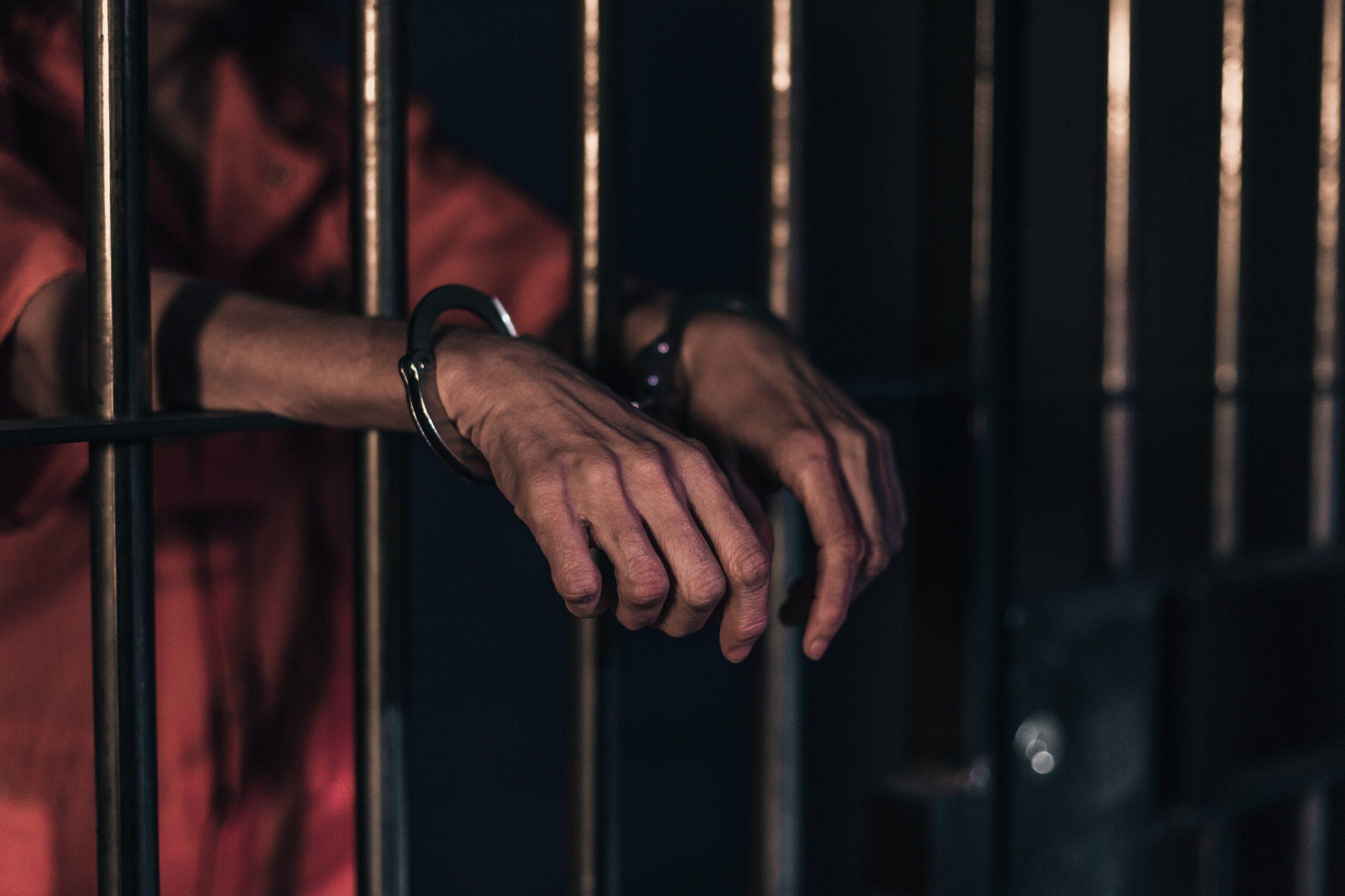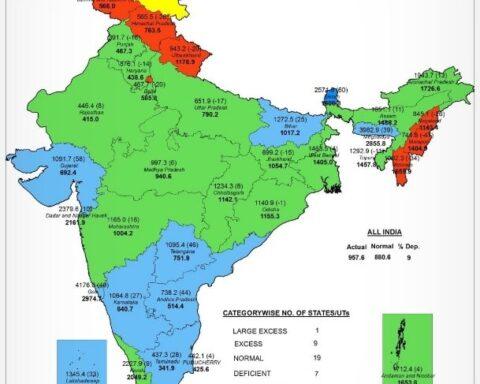The latest available data from the National Crime Records Bureau (NCRB) says that in 2020, of the total 4,88,511 prison inmates in India, 76 percent, i.e., 3,71,848 were undertrials. Among the undertrials, about 20 percent were Muslims and 73 percent were Dalits, tribals or OBCs. About 68 percent of the undertrials were either illiterate or school dropouts and 30 percent of all undertrials stay behind bars for over a year, while 65 percent do not get released before three months.
Among Indian states and union territories, Delhi and Jammu and Kashmir (J&K) were found to have the highest ratio of undertrials in jails at 91 percent. This was followed by Bihar and Punjab at 85 percent, and Odisha at 83 percent.
On the huge number of undertrial prisoners across Indian states, Prime Minister Narendra Modi on April 30 underlined that most of the inmates are “poor or from ordinary families”. He appealed to states to release them on bail wherever possible.
About 27 percent of all undertrials were found to be illiterate, while 41 percent had dropped out before Class X. Muslims accounted for about 20 percent of the total undertrials and 17 percent of all convicts. Dalits, who make 16.6 percent of India’s population, accounted for about 21 percent of all undertrials and 21 percent of all convicts.
Tribals, who form 8.6 percent of India’s population, accounted for about 10 percent of all undertrials and 14 percent of all convicts.
OBCs, who form 41% of the total population (NSSO data), accounted for about 42% of the total undertrials and 37% of all convicts.
About half of all undertrials were charged with “offences against human body”, for crimes like murder, attempt to murder, rape, dowry deaths, kidnapping and assault. About 20 percent were charged with “offences against property”, for crimes like theft, burglary and housebreaking.
Of all undertrials, 76 percent were charged with offences under the Indian Penal Code, while the rest were charged under Special and Local Laws (SLL), including the Arms Act, Narcotics Drug and Psychotropic Substances Act and Unlawful Activities (Prevention) Act. More than half, i.e., about 60 percent of undertrials charged under SLL were held for liquor and drug offences.
Experts say that languishing in jails for longer periods as an undertrial is based on an inmate’s economic strength. Since many inmates cannot afford the bail amount or lawyer, they remain in jail for over a year without trial for minor offences.





























